Spinach is one the earliest vegetables to produce in the spring garden. Its dark green tender leaves are a welcome sight after months of cold winter. It’s packed full of vitamins and nutrients (like lots of vitamin A, vitamin C, and vitamin K), and maybe the very best part of growing this green leafy vegetable is that you can cut all you need for salads, smoothies, and other recipes, and still keep the plant producing!
We’re going to teach you exactly how to harvest spinach leaves so the plant keeps growing to give you a second harvest (and more!), and we’re going to show you how to know when spinach is ready to harvest. Let’s get growing!
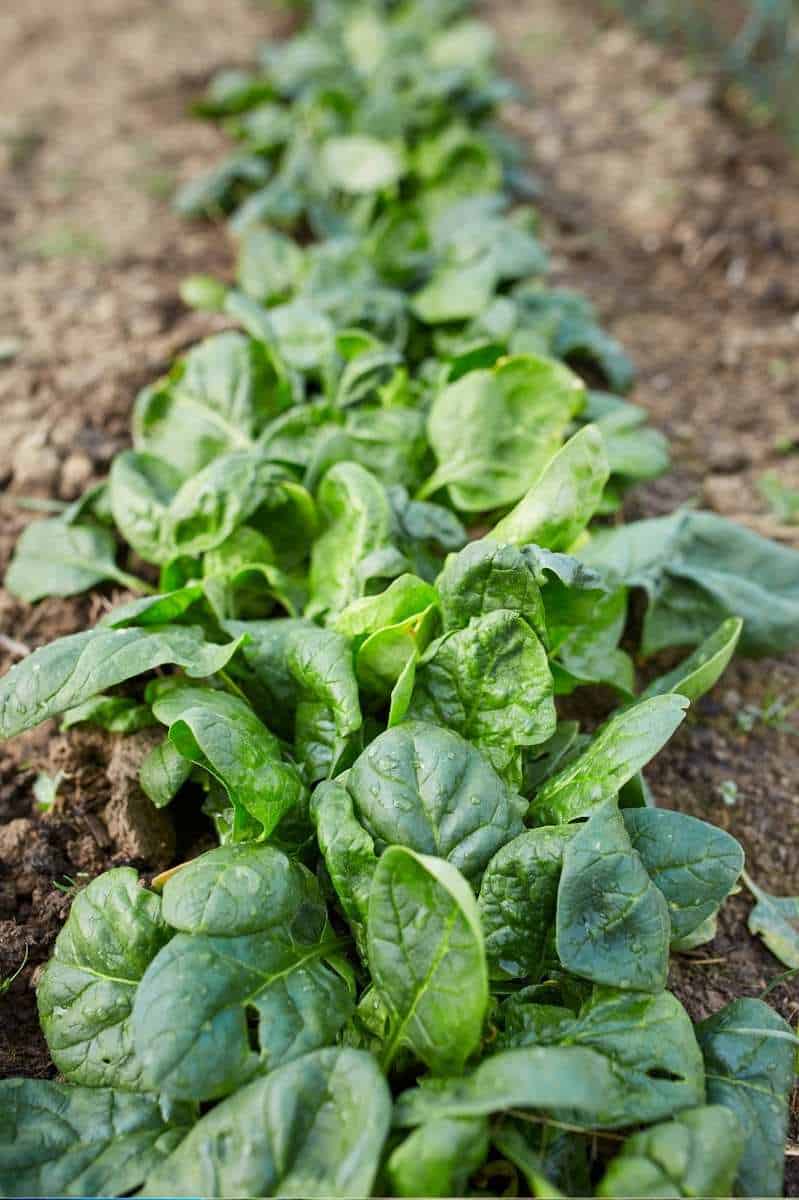
Table of Contents
When is spinach ready to harvest?
Spinach (Spinacia oleracea) is a cool-weather vegetable related to beets and Swiss chard, and the magic of spinach is that you don’t have to wait to harvest it—as soon as the leaves are big enough to use, you can start harvesting! In fact, you know the clamshell packs of baby spinach in the grocery store? Those are just immature spinach leaves that were harvested before they reached maturity (bonus: they are sweeter and have a more tender texture).
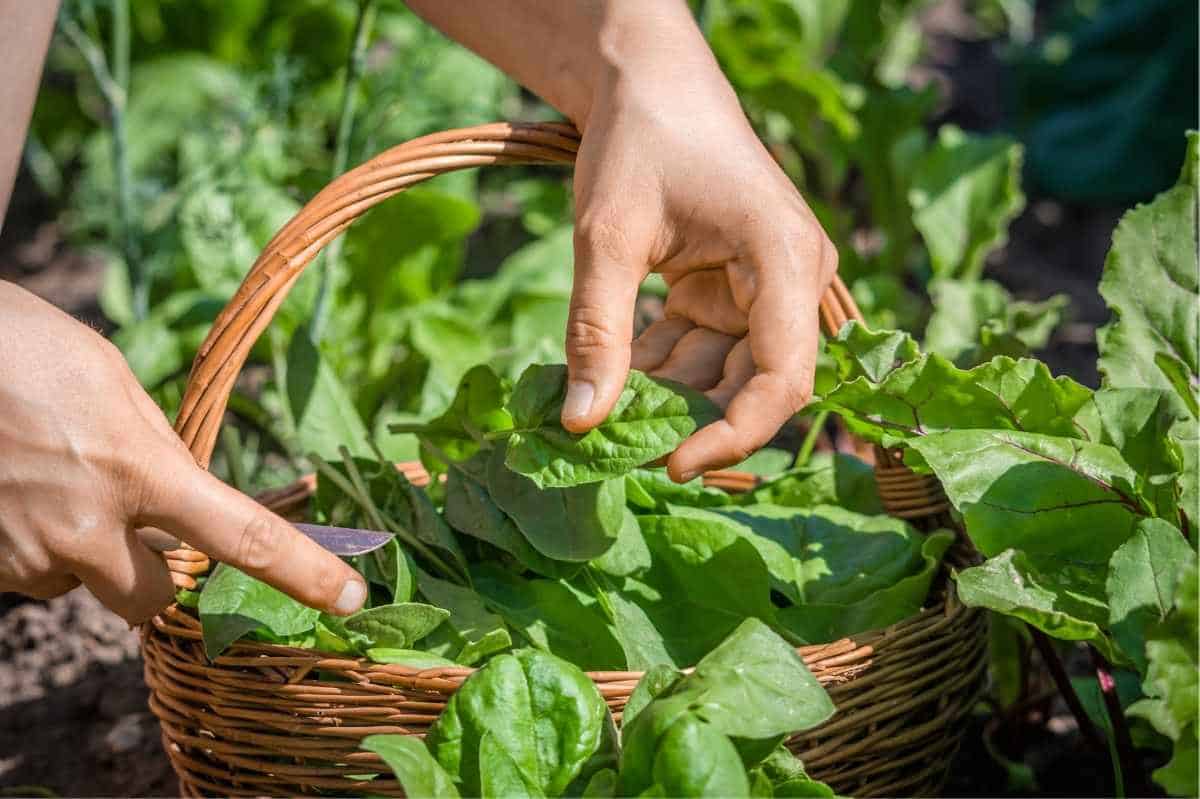
When harvesting from young plants, just make sure to take no more than 25-30% of a single plant at one time—this ensures your plant can keep on producing.
Growfully Protip
Spinach likes to grow in full sun, but it can handle (and even enjoy) some partial shade during the hottest part of the day in late spring or early summer.
Teach me how to harvest spinach!
Harvesting spinach couldn’t be easier! All you need is a small pair of scissors (we like these pruning snips), a sharp knife, or your fingernails. To harvest:
- If you have thick mulch around your spinach plant, push it back to reveal the growing point of the plant.
- Choose a leaf.
- Pinch, cut, or snip off the stem of the leaf close to the base of the plant, but just above the top of the soil level. You don’t need to leave more than 1/2″ of stem above the soil’s surface to allow for regrowth.
- Continue harvesting until you have as much spinach as you need (but not more than 25-30% of the leaves on a single plant).

Growfully Protip
Harvest spinach from the outside in. Not only is it easier to reach the leaves, but those are the older leaves that are typically larger, and it allows the young leaves inside to continue to grow.
Can you harvest spinach after it bolts?
You can continue harvesting spinach while it bolts. However, be aware that spinach does tend to get bitter and tougher as it bolts.
It’s starting to snow—do I need to pull up my spinach plants?
Nope! Spinach plants are incredibly hardy, and many gardeners know that spinach plants will happily overwinter under a blanket of snow, and then pop back up in the spring. Even if the foliage dies back, the root system is typically in good shape.
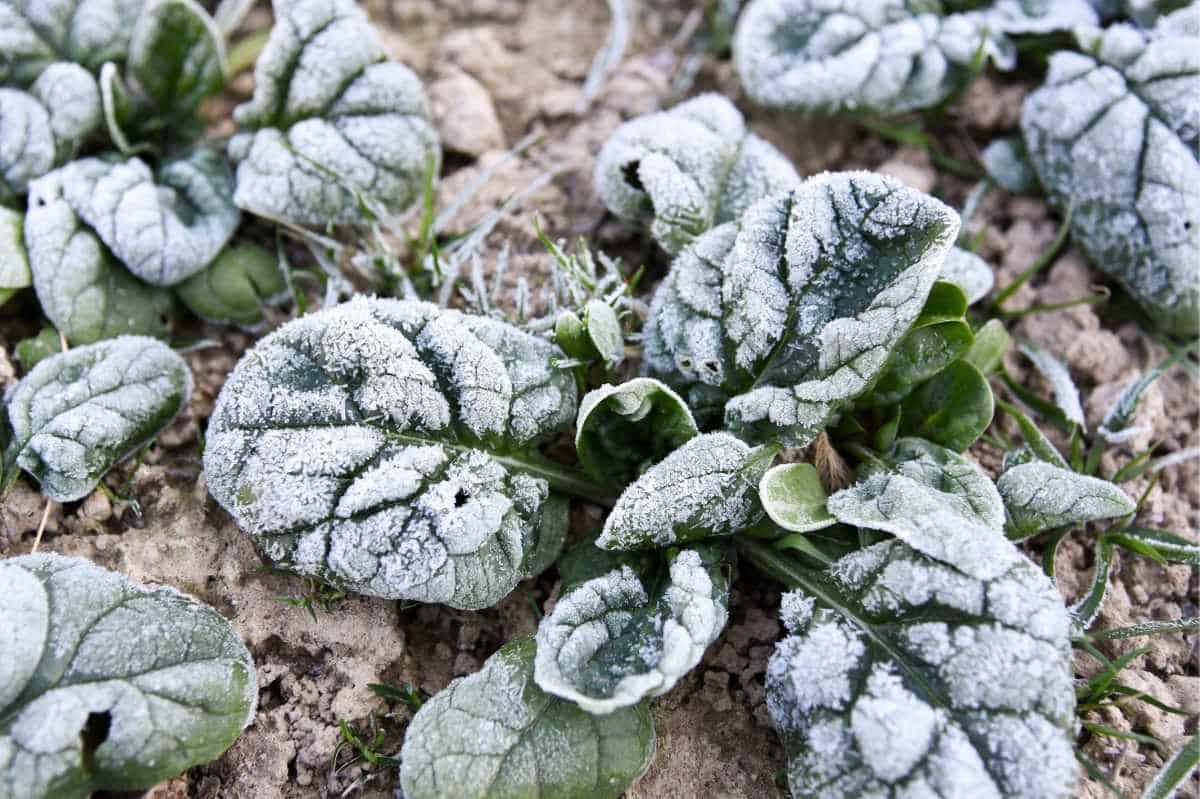
Some spinach varieties (like Winter Bloomsdale, Bloomsdale Long Standing, and Tyee) are hardy enough to live through heavy freezes (temperatures below 20°F) with little to no protection.
How do I store fresh spinach until I am ready to use it?
Fresh spinach, similar to other garden greens like lettuce, kale, and Swiss chard, likes a good deal of moisture and chilling in storage. Unfortunately, the humidity of your refrigerator is very low. To solve this problem, wrap clean spinach in a damp, clean kitchen towel or paper towel and stash it in an airtight container or plastic bag. Make sure the towel stays damp.
Growfully Protip
Our favorite way to store spinach (and all kinds of produce) are in Vejibags. These terrycloth bags keep spinach fresh for weeks in our fridge!
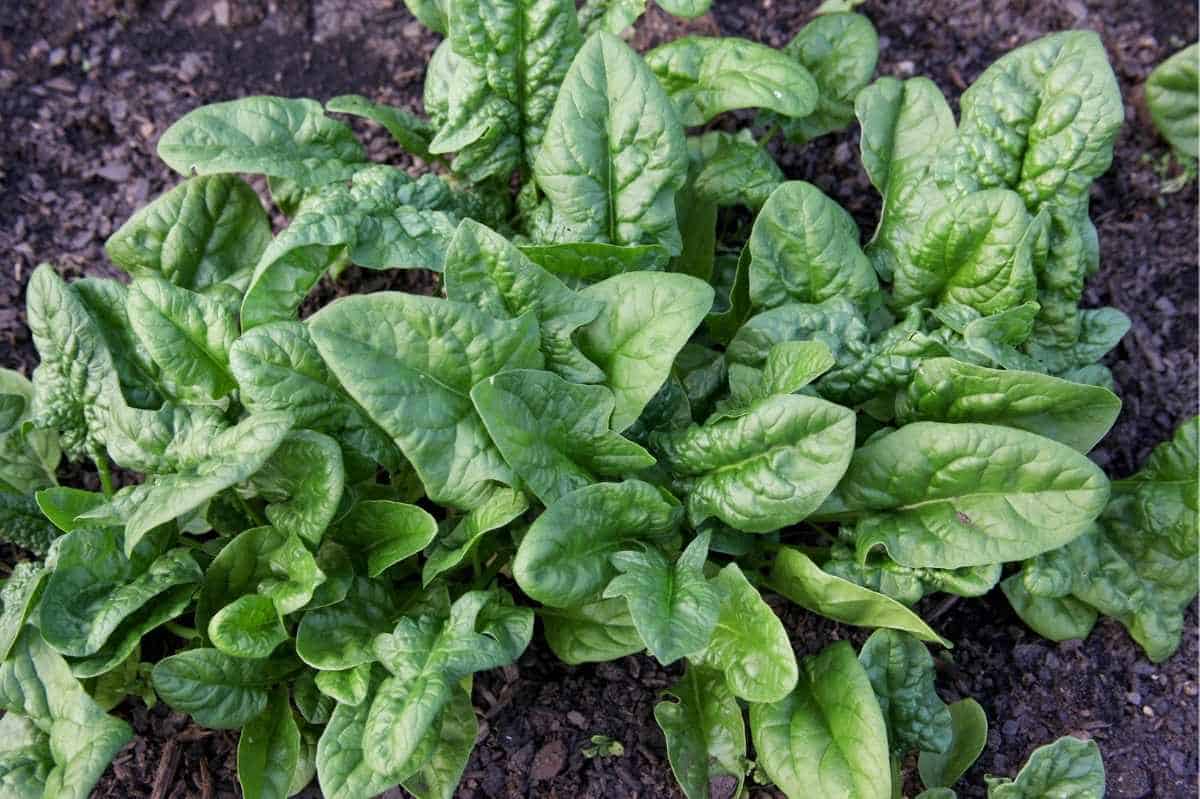
How do I clean and prepare spinach?
Cleaning spinach can be quick work if you have a good-sized salad spinner—which is a must-have for any greens grower. Even if you don’t have a salad spinner, the process is the same:
- Fill a sink, bowl, or the base of a salad spinner with clean, cool water.
- Place the spinach into the water. Swirl it around to remove any dirt or debris.
- Drain the spinach.
- Repeat the washing process until the water runs clear.
- Dry the spinach either in a salad spinner or by spreading it out onto clean kitchen towels and patting it gently.
Growfully Protip
Savoy varieties of spinach (with bumpy leaves) tend to trap dirt more than smooth leaf varieties. Give these kinds of spinach an extra rinse or two.
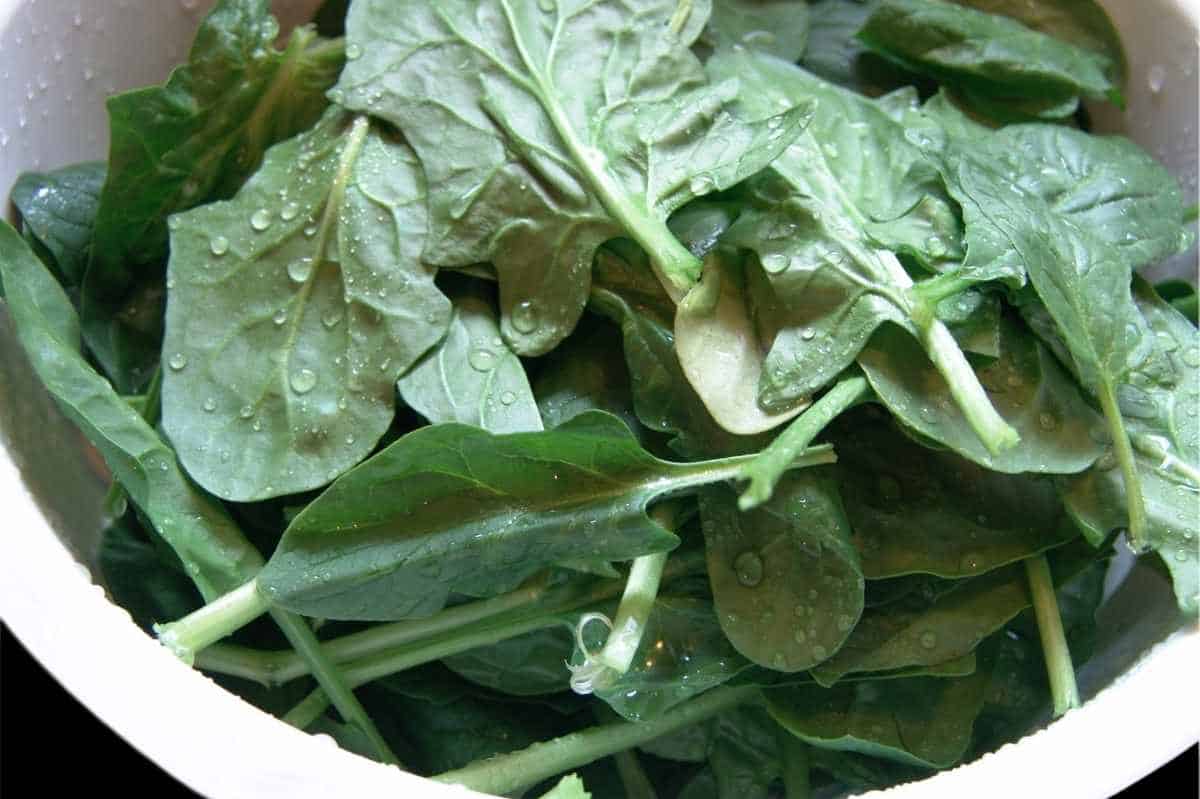
Can I freeze spinach?
Yes! Spinach produces a large crop relatively quickly in the cool weather of spring, so we recommend you pack some spinach away for the winter to lock in the flavor. You can freeze spinach using the same method we recommend for freezing kale or Swiss chard.

- Wash and dry the spinach well.
- Place it on a baking sheet, keeping it to a fairly shallow layer. Flash freeze until frozen solid.
- Place the whole, frozen leaves in a plastic freezer bag or freezer-safe container. You can put in whole leaves, or crunch the leaves up to save space.
- Freeze for up to a year.
Growfully Protip
To save space, you can also blanch your spinach greens before freezing, which reduces the volume of the spinach dramatically. Once the spinach is blanched, pack it tightly into a muffin tin and freeze solid. Then pop out the frozen spinach “pucks” to use all winter long.

Spinach is a must-grow in any vegetable garden, and we hope you’ll enjoy harvesting and using all of your tasty, tender, sweet spinach leaves!

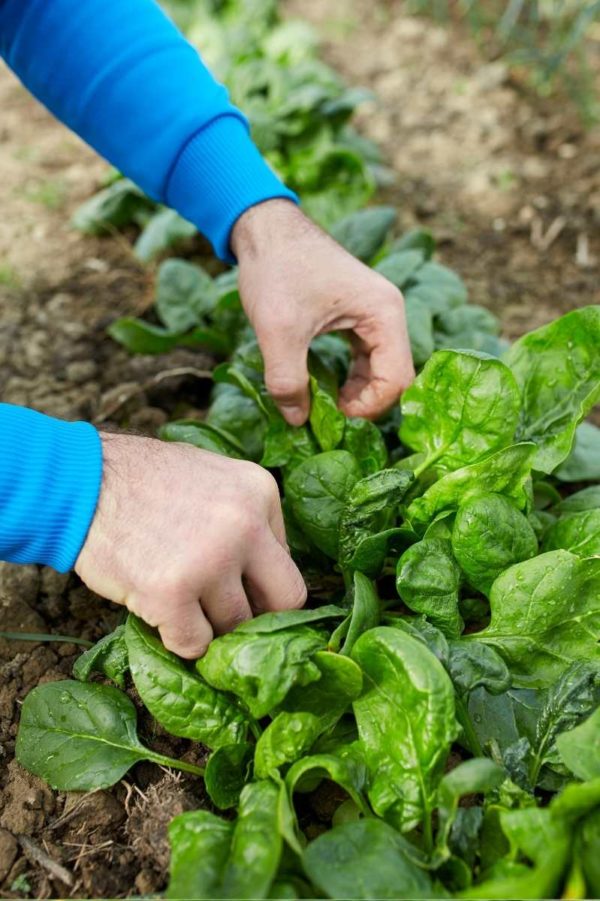






How come we seem to only be able to grow radishes that are very “hot”? even though we water regularly.
Hot weather will make radishes spicy every time! This is one the reasons we prefer to only grow radishes in the cooler months.